Do Vinyl Car Decals Need to Be Laminated? (Complete Guide)
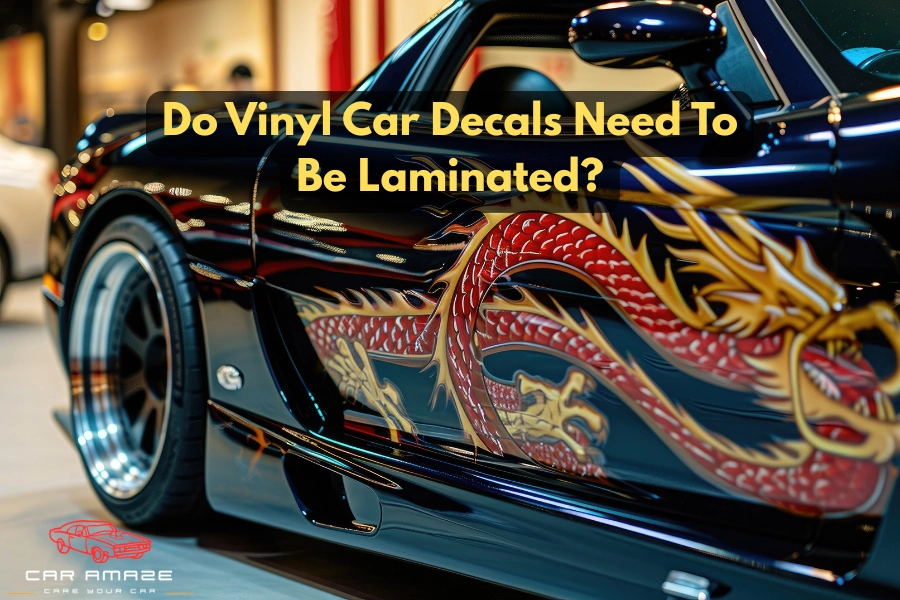
Vinyl car decals look very creative and give a whole new look to cars. But do vinyl car decals need to be laminated? The answers vary depending on the type, design, and purpose of the decals. In this guide, I will clear everything regarding the decision of laminating vinyl car decals. Read this guide to the end to find out when lamination is required on vinyl decals and when you should avoid it.
Quick Answer: Do Vinyl Car Decals Always Need Lamination? 📄
No, vinyl car decals do not always need to be laminated. If you are using solid-color cut vinyl decals for a short time or for indoor purposes, lamination is not required. On the other hand, if your decal is digitally printed and exposed to sunlight, outdoor weather, frequent washing, or chemicals, then lamination is highly recommended.
Lamination has several benefits, including protecting against UV rays and fading and peeling of vinyl decals, increasing the lifespan of decals, and giving a professional look.
Table of contents
- When Is Lamination Recommended for Vinyl Car Decals?
- When Lamination on Vinyl Car Decals May Not Be Necessary
- What Does Lamination Do for Vinyl Car Decals?
- Laminated vs. Non-Laminated Car Decals: What’s the Difference?
- Cost vs. Value: Is Lamination Worth It?
- Conclusion
- FAQs
When Is Lamination Recommended for Vinyl Car Decals?
As you know, vinyl decals are of different categories; some are used for fun, while others are meant for business or long-term use. Here are some scenarios when vinyl decals need to be laminated:
1. Laminate vinyl decals for outdoor use.
If the vinyl decals are highly exposed to sunlight outdoors, lamination is required for protection. Here are the benefits of laminating decals when used for outdoor purposes:
- Direct exposure to sunlight, rain, or snow can make decals fade or peel.
- UV protection from lamination helps colors stay bright for years.
- Outdoor decals without lamination may last 6–12 months, while laminated ones can last 3–7 years.
2. Digitally Printed Decals
If the decals are digitally printed, the lamination becomes necessary due to their sensitive nature. The reasons for laminating digitally printed decals are the following:
- Printed designs use ink, which can scratch or rub off.
- Lamination seals the ink under a protective layer.
- Without lamination, a printed decal might fade or scratch within a few months.
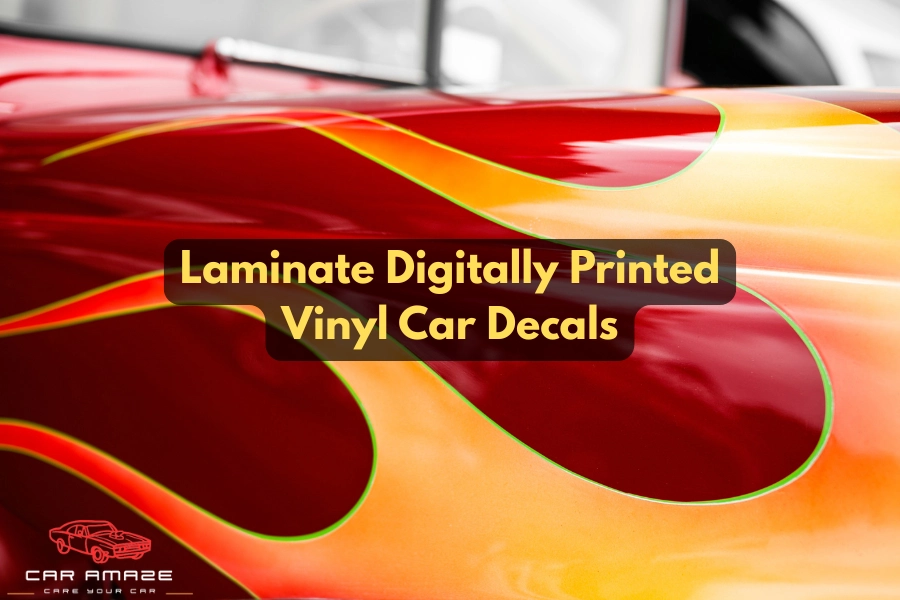
3. Frequent Washing or Chemical Exposure
If you have applied vinyl decals and you frequently wash your car, lamination is recommended. But why do vinyl car decals need to be laminated in case of frequent washing? Here are the reasons for this:
- Cars are washed often, sometimes with strong soaps or chemicals.
- Lamination creates a barrier so the decal survives cleaning.
- Ideal for fleet vehicles, business cars, or trucks.
4. Vinyl Car Decals Need to be Laminated in High-Traffic or Contact Areas
If you mostly drive a car in high-traffic areas, lamination is required due to the following reasons:
- Decals placed on doors, bumpers, or windows may be touched or rubbed often.
- Lamination prevents scratches and peeling in these areas.
5. Laminate Vinyl Decal for Professional Finish
Finally, if you want a professional look for vinyl decals along with protection, lamination is the way. If you want your car decal to look premium, glossy, or matte, lamination gives it that finish.

When Lamination on Vinyl Car Decals May Not Be Necessary
Sometimes the lamination is not necessary, and it is just a waste of both time and money. Some of the scenarios when vinyl car decals do not need to be laminated are the following:
1. Lamination Not Required for Standard Cut Vinyl Decals
The solid-colored adhesive vinyl decals do not have printed graphics, such as Oracal 651. Such vinyl has its own built-in color, which does need protection from fading. These decals do not need lamination and can last up to 3 to 6 years.
2. Temporary or Short-Term Use
If you are applying vinyl decals temporarily for design, short-term promotions, or seasonal ads, lamination is not necessary.
3. Indoor Decals
The indoor car decals are protected from sunlight and bad weather effects. Due to these reasons, indoor vinyl decals need not be laminated.
What Does Lamination Do for Vinyl Car Decals?
To make better decisions for lamination application on vinyl decals, let’s understand what lamination is and what it does.
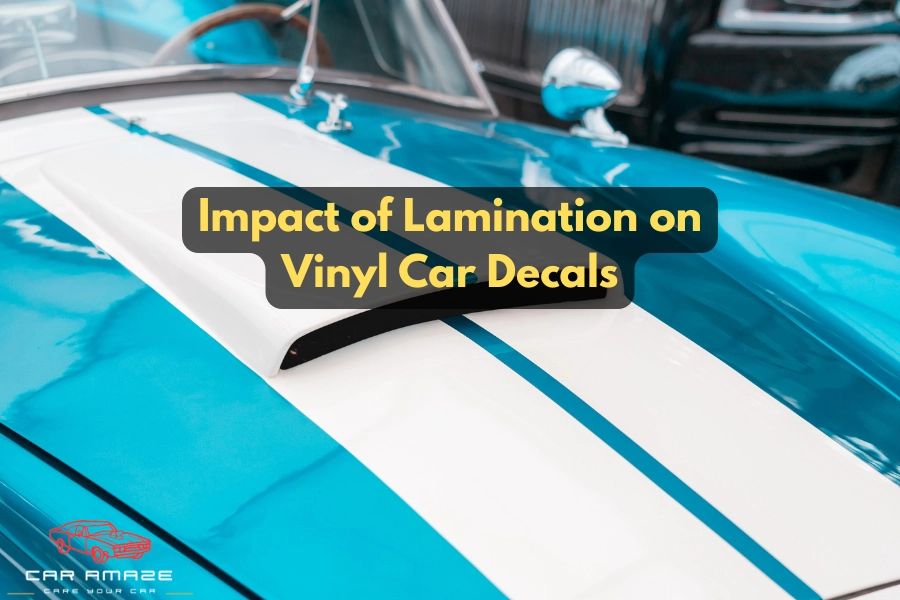
Lamination is a thin film that we apply to vinyl decals. It is transparent and acts as a shield or protective cover. Its main purpose is to make decals stronger and resistant to damage. The benefits of lamination are the following:
- UV Protection: Stops sunlight from fading the colors.
- Scratch Resistance: Prevents small marks or rubs from ruining the surface.
- Chemical Resistance: Protects decals from cleaning products, fuel, and other chemicals.
- Added Thickness: Makes decals easier to handle and install.
- Professional Finish: Gives decals a glossy, matte, or satin look.
Laminated vs. Non-Laminated Car Decals: What’s the Difference?
Here’s a clear comparison between laminated and non-laminated vinyl decals to help you decide:
Laminated Vinyl Car Decals:
- Last longer (3–7 years outdoors)
- Protected from UV rays, scratches, and chemicals
- Available in glossy, matte, or satin finishes
- Easier to install because of the added thickness
- Slightly more expensive
Non-Laminated Vinyl Car Decals:
- Shorter lifespan (6–18 months outdoors)
- More likely to fade, scratch, or peel
- Thinner and looks less professional
- Best for temporary or indoor use
- Cheaper and faster to produce
If your decal is going on a car, truck, or any outdoor surface, laminated decals are the smarter choice.
Cost vs. Value: Is Lamination Worth It?
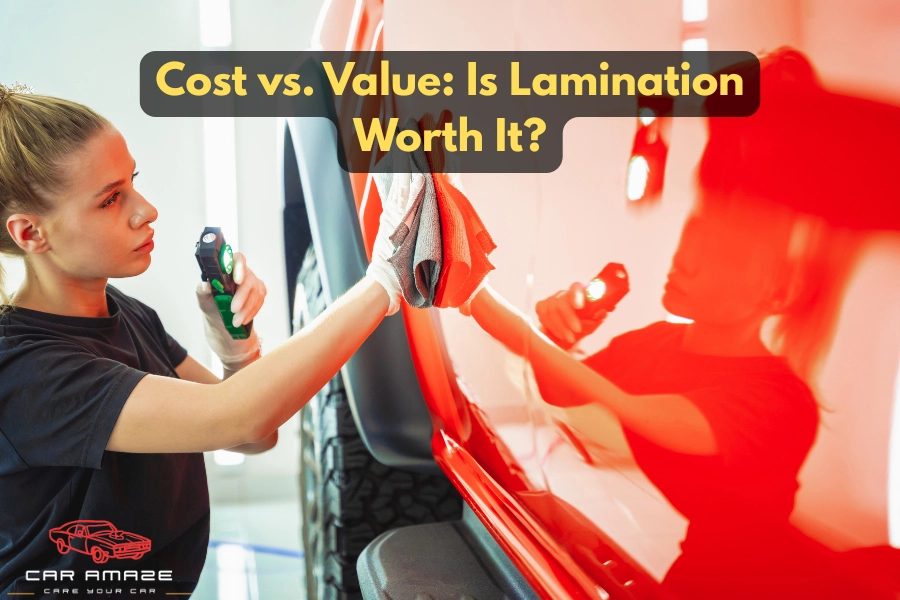
Is it worth laminating the car wrap or not? To help you make a better decision, here is the cost vs. value comparison:
Lamination is recommended when it helps to save money in the long run. If you have applied the decals on the outside of the car, your car is exposed to UV rays, and you want a long lifespan for the decals, applying lamination is worth it.
In comparison, if you apply a decal for a short event, your car mostly stays indoors, or you are using solid-color vinyl, lamination application might be a waste of money.
How Long Do Car Decals Last With and Without Lamination?
The lifespan of car decals depends on sun exposure, weather conditions, washing and cleaning habits, and vinyl quality. The laminated decals last around 3 to 7 years outdoors and 5 to 10 years indoors. On the other hand, the non-laminated decals usually last 6 to 12 months outdoors and 2 to 3 years indoors.
Whether you have applied car decals, partial car wrapping, or some car wrap design ideas on the full body, the lamination adds an extra layer of protection.
Conclusion
In short, vinyl car decals need to be laminated if they are digitally printed, used outdoors, exposed to washing/chemicals, or meant to last several years. Whereas the vinyl car decals need not be laminated if they are solid-color vinyl decals, for short-term use, or for indoor use. So, understand your scenarios, driving habits, and needs to make an informed decision.
FAQs
Does lamination make vinyl decals waterproof?
Decals are already waterproof, but lamination provides extra protection against water damage, chemicals, and wear.
How much longer do laminated decals last?
On average, laminated decals can last 3–5 years longer than non-laminated ones.
Can I laminate decals at home without a machine?
Yes, you can laminate small decals at home using self-adhesive clear film, but professional lamination gives better results.
Do matte and gloss laminates affect durability?
No, both matte and gloss lamination films provide equal protection. You will only see the difference in appearance and finish.
Are UV laminates better than standard laminates?
Yes, UV laminates are designed to give stronger protection against sunlight, making them ideal for cars.

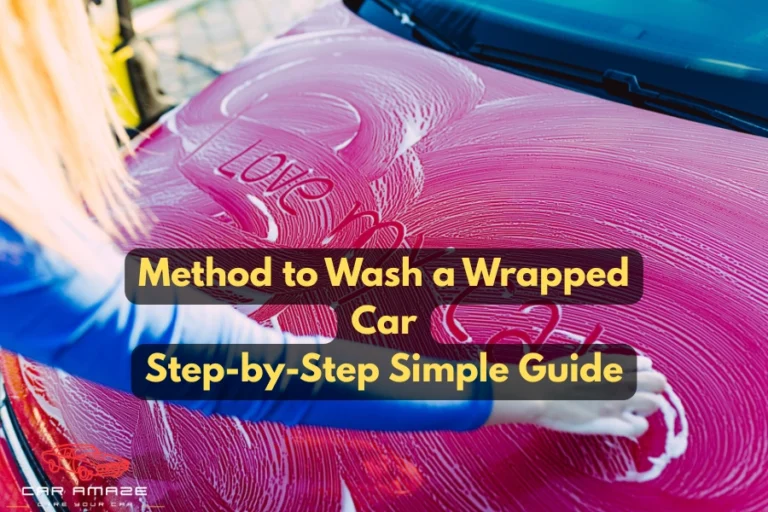

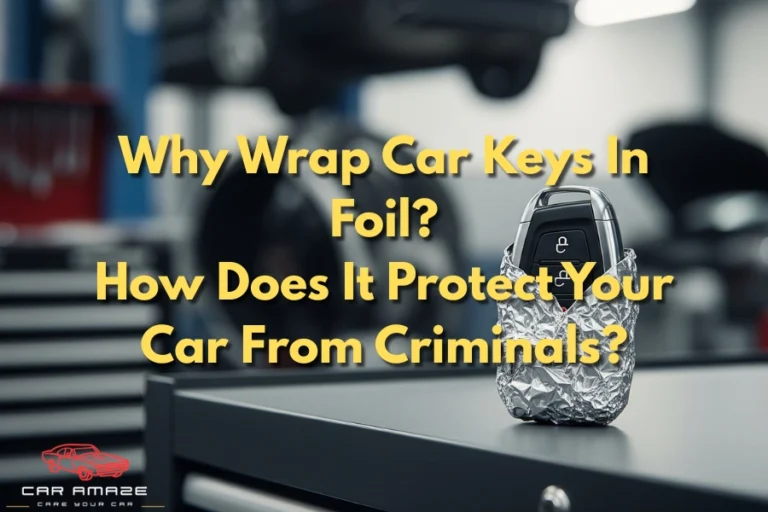
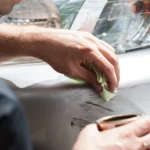

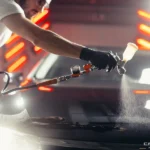

Your blog is a testament to your passion for your subject matter. Your enthusiasm is infectious, and it’s clear that you put your heart and soul into every post. Keep up the fantastic work!
Thank you so much Joelle. I really appreciate your kind words and support. Glad you enjoyed the post!
you are in reality a good webmaster The website loading velocity is amazing It sort of feels that youre doing any distinctive trick Also The contents are masterwork you have done a fantastic job in this topic
Thanks so much! I really appreciate your kind words and glad you enjoyed the post. Stay tuned for more car tips on Car Amaze!